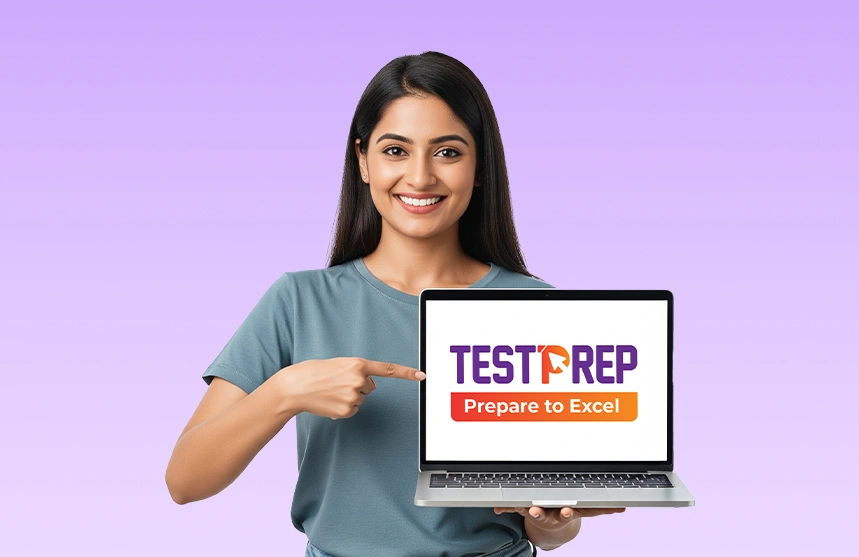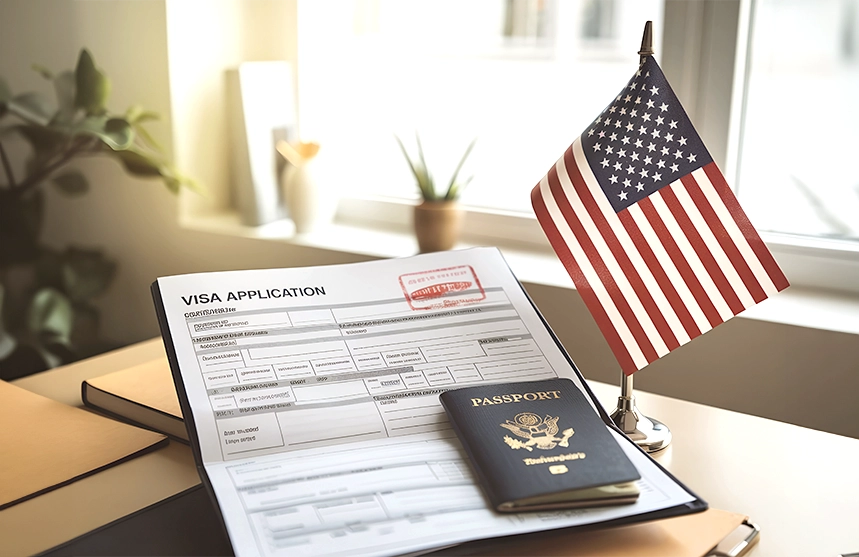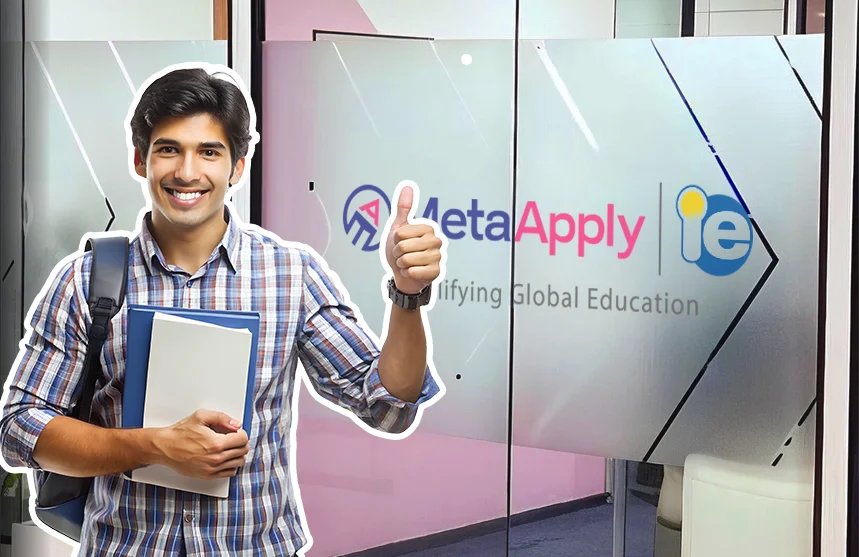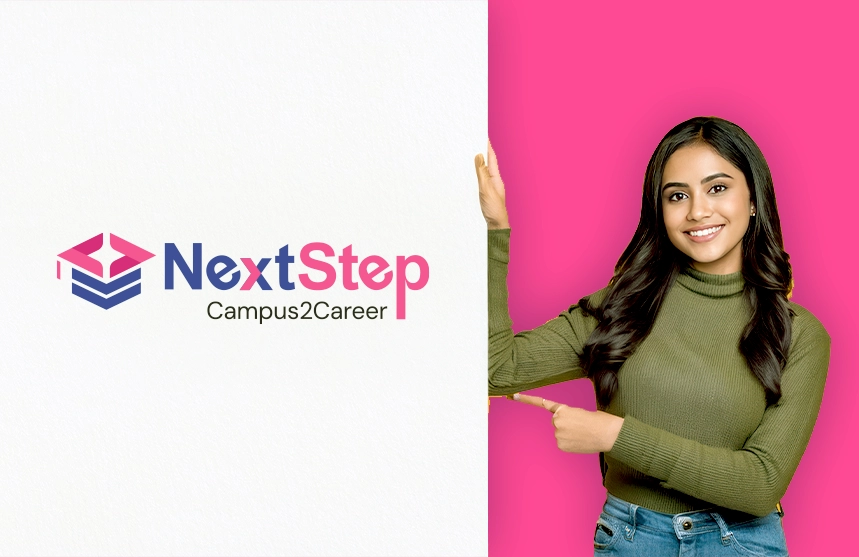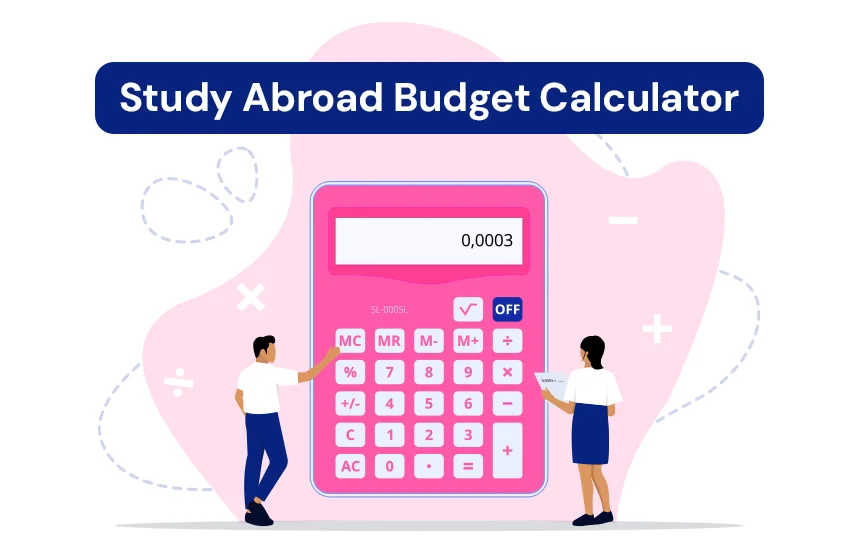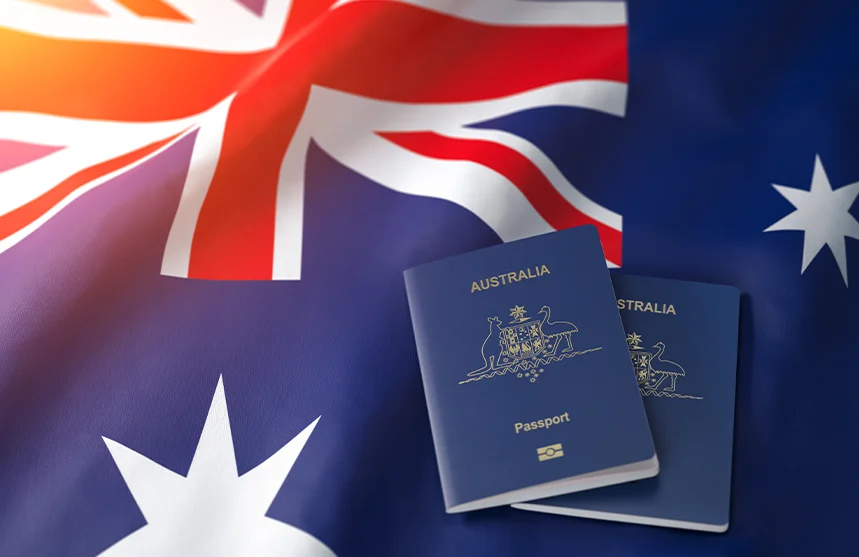Your Ultimate Checklist for Studying Abroad in 2026
Your Ultimate Checklist for Studying Abroad in 2026

Picture this; it’s autumn 2026, and you’re standing on a new campus halfway across the world. Your suitcase carries more than clothes, it carries a story of persistence, planning, and dreams that finally took flight.
Sounds exciting, right? Yet for most students, that dream stalls somewhere between “I want to study abroad” and “I don’t know where to start.” Well, the confusion is genuine, taking such a big step that can change your career trajectory may not seem an easy decision for sure.
This Study Abroad Checklist for 2026 is built to change that. Forget generic timelines and repetitive “how-to” lists, this is a real, strategic roadmap to make your global education journey smooth, achievable, and worth every ounce of effort.
So, grab a notepad (or better, keep this page bookmarked), because by the time you finish reading, you’ll know exactly what to do, when to do it, and how to make your 2026 application stand out.
What to Do: Your Step-by-Step Study Abroad Checklist for 2026
Every dream needs a roadmap. Here’s the complete checklist that most top-performing applicants swear by. It is refined, updated, and aligned with 2026 intakes.
1. Define Your Purpose and Destination
Before anything else, ask yourself:
- Why do I want to study abroad?
- Which country aligns best with my career goals and lifestyle preferences?
- Do I want an academic, cultural, or career-driven experience?
Your choice of destination will determine the course options, visa rules, job prospects, and even your cost of living. For instance:
- UK – Globally reputed universities, 2-year post-study work visa.
- Canada – Friendly immigration pathways and high ROI.
- Australia – Flexible work-study balance and welcoming culture.
- Germany – Low-cost public education and tech-driven innovation hubs.
- USA – Top-tier universities with unmatched research facilities.
Pro Tip: Create a simple Excel sheet to compare costs, Visa Approval Rates, and post-study opportunities. It’s the easiest way to narrow down choices.
2. Research and Shortlist Universities
Don’t chase rankings, always chase relevance. A university that ranks #200 globally but offers exactly what your field needs may serve you better than a top 50 name that doesn’t.
Here’s what you should focus on:
- Course modules (check if they match your interests)
- Internship or co-op opportunities
- Scholarships offered by the university
- Faculty expertise and alumni outcomes
- Campus safety and inclusivity
Create two lists:
- Dream Universities (ambitious)
- Target Universities (match your profile)
- Safe Universities (strong chances of acceptance)
3. Start Test Preparation Early
Whether it’s IELTS, TOEFL, GRE, GMAT, or PTE; starting early makes all the difference.
The ideal time to begin preparing is 12–15 months before intake, meaning right now is the perfect time for 2026 aspirants.
- IELTS/TOEFL/PTE – For English proficiency.
- GRE/GMAT/SAT – For specific courses like MBA or MS.
Take multiple mock tests and target higher than the university minimum, trust us when we say it’s a huge differentiator in scholarships and course admission.
Pro Tip: Enrol with MetaApply IE TestPrep, where you get one-to-one mentoring and score-improvement sessions from certified trainers.
4. Estimate Finances and Secure Scholarships
Money is often the biggest concern, but planning well can make it manageable.
Prepare a detailed financial breakdown:
- Tuition fees: Vary by course and destination.
- Living costs: Housing, food, travel, utilities.
- Visa and insurance: Often ignored until late.
- Emergency buffer: Minimum 10% of annual cost.
Also, explore global scholarships, many are still underutilised by Indian students. Examples include:
- Chevening Scholarship (UK)
- Fulbright Scholarship (USA)
- DAAD (Germany)
- Australia Awards
- Vanier Canada Graduate Scholarship
Pro Tip: Keep a tracker of all scholarships, eligibility criteria, and deadlines. Even small bursaries add up. You can check your budget using our Budget Calculator. Not just that, you can also assess your Visa Score and estimate your loan EMIs with our Loan Calculator.
Scholarships Comparison 2026 – Average Coverage by Country
| Country | Average Scholarship Coverage | Popular Source |
|---|---|---|
| UK | £10,000–£25,000 | Chevening / University Grants |
| Canada | CAD 15,000–30,000 | Vanier / Institution Grants |
| Germany | 100% (Public Universities) | DAAD |
| Australia | 30–100% | Australia Awards / Uni-Based |
| USA | USD 20,000–40,000 | Fulbright / Private Endowments |
Note: All prices mentioned are approximate values. Students should check official government websites or the respective university websites for exact figures.
5. Perfect Your SOP, Essays, and LORs
Your Statement of Purpose (SOP) is your voice on paper; don’t make it sound like everyone else.
Start drafting early. Talk about:
- Why this course?
- Why this university?
- What do you plan to achieve post-graduation?
Keep it crisp, confident, and personal.
Similarly, request your Letters of Recommendation (LORs) at least 2 months in advance. Choose referees who know you academically and personally.
6. Apply Strategically and Early
The 2026 application window for many universities will start by September 2025.
Apply early to increase your acceptance and scholarship chances.
Keep these essentials ready:
- Academic transcripts and test scores
- SOP, essays, LORs
- Passport copy
- Financial documents
Pro Tip: Early applicants often receive priority for scholarship consideration and housing.
7. Manage Offer Letters and Acceptance Decisions
Once you receive offers, compare them carefully, not just the university names, but you must also check:
- Cost vs ROI
- Internship opportunities
- Visa approval rate
- Course duration and job outcomes
Use a weighted decision chart to visualise your best choice.
8. Apply for Visa & Prepare for Interviews
The visa process can be unpredictable, even a minor error can delay or reject your application.
Steps:
- Get your offer letter and CAS/LOA from the university.
- Pay the visa fee and book your biometric appointment.
- Prepare your financial and academic documents.
- Attend mock visa interviews.
MetaApply IE’s counsellors conduct Mock Visa Interviews that simulate real-time embassy sessions. This preparation significantly improves your confidence and visa approval probability. You can Check Your Visa Success Score with this calculator.
9. Plan Pre-Departure Formalities
You’ve got your visa, congratulations! But there’s still work left.
Checklist before you fly:
- Book accommodation and airport transfers.
- Arrange an international SIM card.
- Buy health and travel insurance.
- Attend MetaApply IE Pre-Departure Orientation.
- Connect with student associations or alumni networks.
The Pre-Departure Packing Matrix 2026
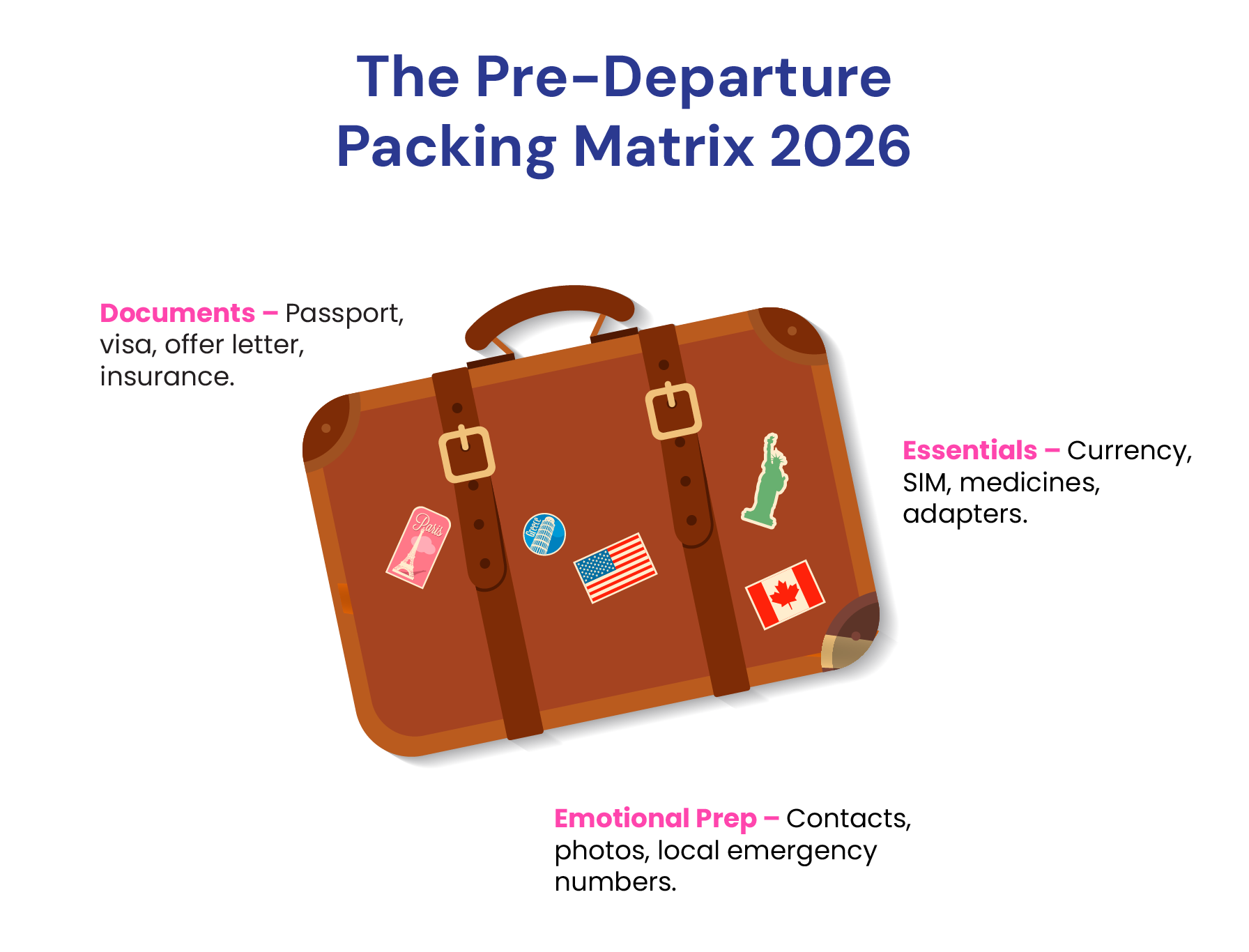
10. Settle Abroad and Adapt Smartly
Landing in a new country is thrilling, and overwhelming. You may feel a little overburdened, lethargic or even homesick but still there are some things, that you need to do which will be very much beneficial during your stay in a foreign country.
In your first few weeks:
- Register with your university and local authorities.
- Open a bank account.
- Attend orientation programmes.
- Explore student discounts and travel cards.
- Join online communities of your university.
Remember: settling down takes time. Stay patient, ask for help, and build routines that ground you.

Take Action Now – Don’t Let 2026 Slip Away
Unlike generic guides, this checklist combines timelines, data, and decision points. It’s designed for real results, fewer delays, stronger applications, and a smoother transition.
By following this plan, you’ll save time, money, and unnecessary stress.
You’ve just read everything you need to know to start your study abroad journey, now it’s time to act.
At MetaApply IE, we help students like you turn uncertainty into clarity. Our Expert Counsellors personally guide you from course selection to scholarship application, visa interviews, and pre-departure preparation.
We also provide TestPrep Coaching, Career Counselling, and end-to-end application support, all under one roof.
If you’ve ever felt that studying abroad is out of reach, let’s change that today. Fill in the form, speak to our counsellor, and take the first real step toward your global future.
Frequently Asked Questions
Ideally, start your preparations at least 18 months in advance, but it’s never too late to begin. Every step, from research and test preparation to document readiness, takes time and careful planning. Contact MetaApply IE today.
Yes, several universities have January or May 2026 intakes. But apply as early as possible for better chances.
It depends on your course and country. For example, IELTS or PTE for language, GRE/GMAT for postgraduate courses, SAT for undergraduates.
Use global portals, university websites, and expert platforms like MetaApply IE, which helps students shortlist scholarships matching their profile.
Absolutely. From profile evaluation and university selection to SOP drafting, scholarship search, and visa guidance, MetaApply IE supports you end-to-end.


